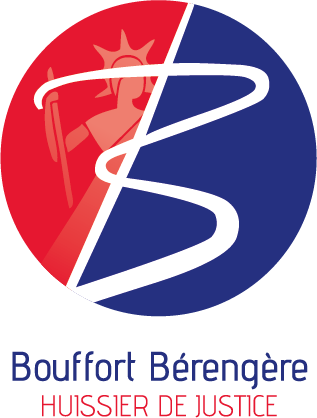With any SEO audit, the right SEO tools provide an immensely powerful resource. You can also control your crawl down to minute details, including JavaScript crawling, virtual robots.txt, staging sites, crawl speed, subdomains, DNS override, and more. You can also use its crawls to manage and monitor changes to the site, and it helps you keep track of these changes. By doing this, you can ensure your changes don’t have a negative SEO impact.
Meta tags, such as title tags and meta descriptions, are essential for SEO. They help search engines understand the content of your pages and improve click-through rates from search results. An audit makes sure they are properly optimized for relevance and length. They save time by automating complex tasks like keyword research, backlink analysis, and technical audits, allowing you to focus on implementing data-driven strategies.
Free website checker
- Review the H1-H6 structure for appropriate length and existence.
- The platform is particularly adept at proactive workflows that identify, track, and address issues across various domains.
- Verify factual accuracy by cross-checking data, statistics, and claims with reputable sources.
- These are three metrics that cover how fast your site loads, how responsive it is to user interactions, and whether there are any unexpected layout shifts as your page loads.
Another important element of on-page SEO is having sitemaps that give search engine crawlers ways to find the pages on your site. At Backlinko, we use project management, reporting, and collaboration tools. They help us keep everything running smoothly, even if they’re not your typical SEO-specific tools. With Frase, you can easily check how top-ranking pages are structured. It lets you pull out key topics and build your own content outlines.
Structured Data
While defining image heights and widths isn’t a direct Google ranking factor, the lack of image dimensions can cause usability issues as a browser tries to load the page. To audit the outgoing links on a single page, you can use the MozBar to highlight all internal and external links and make sure your anchor text is descriptive. The easiest way to audit lazy-loaded content is simply to use Google’s URL Inspection Tool.
Unless you’re facing a harsh penalty, only remove a link if it truly stands out as suspicious. Different backend systems offer title tags and descriptions in different ways. In a WordPress CMS, these should be easily editable on the page level for each of your web pages. In other CMS systems, they may be consolidated in SEO Anomaly their own area. You may need to work with a developer if you cannot find a way to easily edit them. Learn how to connect search, AI, and PPC into one unstoppable strategy.
The above SEO audit checklist covers the technical SEO, on-page SEO, and off-page SEO checks you need to make to improve your SEO. You can go deeper by enrolling in a technical SEO course and visiting the resources below. Reach out to websites with relevant content and suggest where your content could add value to their users and what you can give them back in return. For example, if only a few domains link to you, you must get links from related domains.
If you are unable to do so, you’ll have to go straight to the google search console. The first step to any link quality audit is to find any questionable links pointing to your domain. It’s not enough to simply review what links you personally posted and where; you’ll want to take a look at every link on the web pointing back to your site. You can do this using a free tool like Moz’s Open Site Explorer, or some other external link-based search system.
